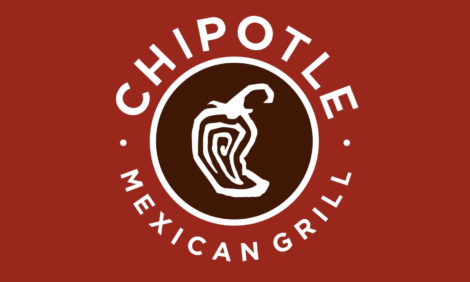



New Vet at JSR Genetics: Adrian Cox
UK - JSR Genetics would like introduce it's new Company Vet - Adrian Cox.Dr Cox qualified from the Royal Veterinary College London in 1992 and has been involved in the Pig Industry ever since. He was senior farm partner in a large veterinary practice in Oxfordshire where he ran the pig section of the business. He relocated to Yorkshire in 2005 and has acted as a consultant for Garth Partnership since 2007. Away from the Pig Industry his main interest is his farm where he is developing a pedigree herd of Aberdeen Angus.

"As I sit at my desk contemplating which bulls to use for AI on my cattle, it gives me the opportunity to reflect on where the potential weaknesses in my management system of the cattle are that could reduce the likelihood of cows/heifers getting in-calf. Similarly, with AI of pigs there are a number of steps that need to be undertaken correctly in order to achieve maximum performance from your pig herd. The following tend to be the key points I note as I go across units over the UK, reviewing service house management, all of which can impact upon the bottom line," says Dr Cox.
Gilt Serving
Many units find it more problematic to serve gilts with AI than older sows. This is an issue those producers using batch management have had to address, but still too many herds rely upon natural serving of boars with these same boars then acting as catch boars for returns. In itself this is not a problem, other than too frequently these boars happen to be snatched out of the weaner pool and grown on/finishing house. This means that perhaps 30 per cent of the progeny being sold are of poorer quality genetics than would be the case if obtained through purchased semen - such progeny tending to grow less well and importantly convert feed less efficiently.
Feeding of the Sow
In order to encourage prompt heats in sows or gilts, there is a need to ensure the nutrition of these animals is correct. The gilt that has farrowed for the first time is a animal that requires particular attention in the farrowing department and too many gilts tend to show poorer reproductive performance (reduced conception or reduced litter size) for their subsequent litter. It is worthwhile reviewing feeding with your vet/nutritionist to ensure that there are no issues here that could be limiting performance.
Semen Storage
Pleasingly semen storage tends not to be an issue on units, other than occasional blips with faulty storage units. "I would always recommend, however, the provision of a max/min thermometer within the semen storage cabinet to double-check the accuracy of the temperature provision of the cabinet," says Dr Cox.
Timing of Service
As a generality gilts and sows which return to heat have a shorter oestrus length and those animals that come on first in the week tend to have longer standing heats than sows later in the week. It still continues, however, to be too common a problem that animals are served to fit into the timescale of when the unit undertakes serving, i.e. Monday and Tuesday. "As much as we would like it to be, these animals do show variation in weaning to service intervals and to optimise performance they should be served when solidly on-heat," says Dr Cox.
Management of Sows at Service
Whilst identification of standing heat would be considered obvious by many staff, it is still a significant skill to accurately identify animals suitable for service. This job should not be rushed and good boar presence to help identify sows on heat is necessary.
Units that are sympathetic with their sows, moving them quietly, gently, avoiding any unnecessary mixing around service, tend to show better performance.
Stress to the sows can result in poorer conception, despite all y our best efforts at correctly inseminating a sow properly on-heat. It is worth reviewing the sow management post service and assessing if there are any areas where improvements can be made to minimise stress levels further.
"I wish you luck with your AI and console you with the thought that even following my own rules as best as I can, the A.I. conception rate I will achieve with my cattle is barring disasters significantly less than you will manage on the pigs. Good luck!" says Dr Cox.






